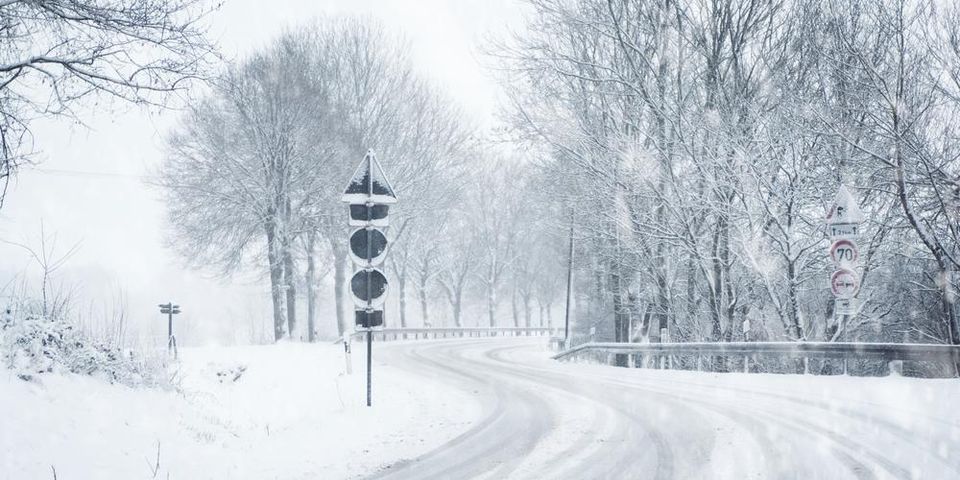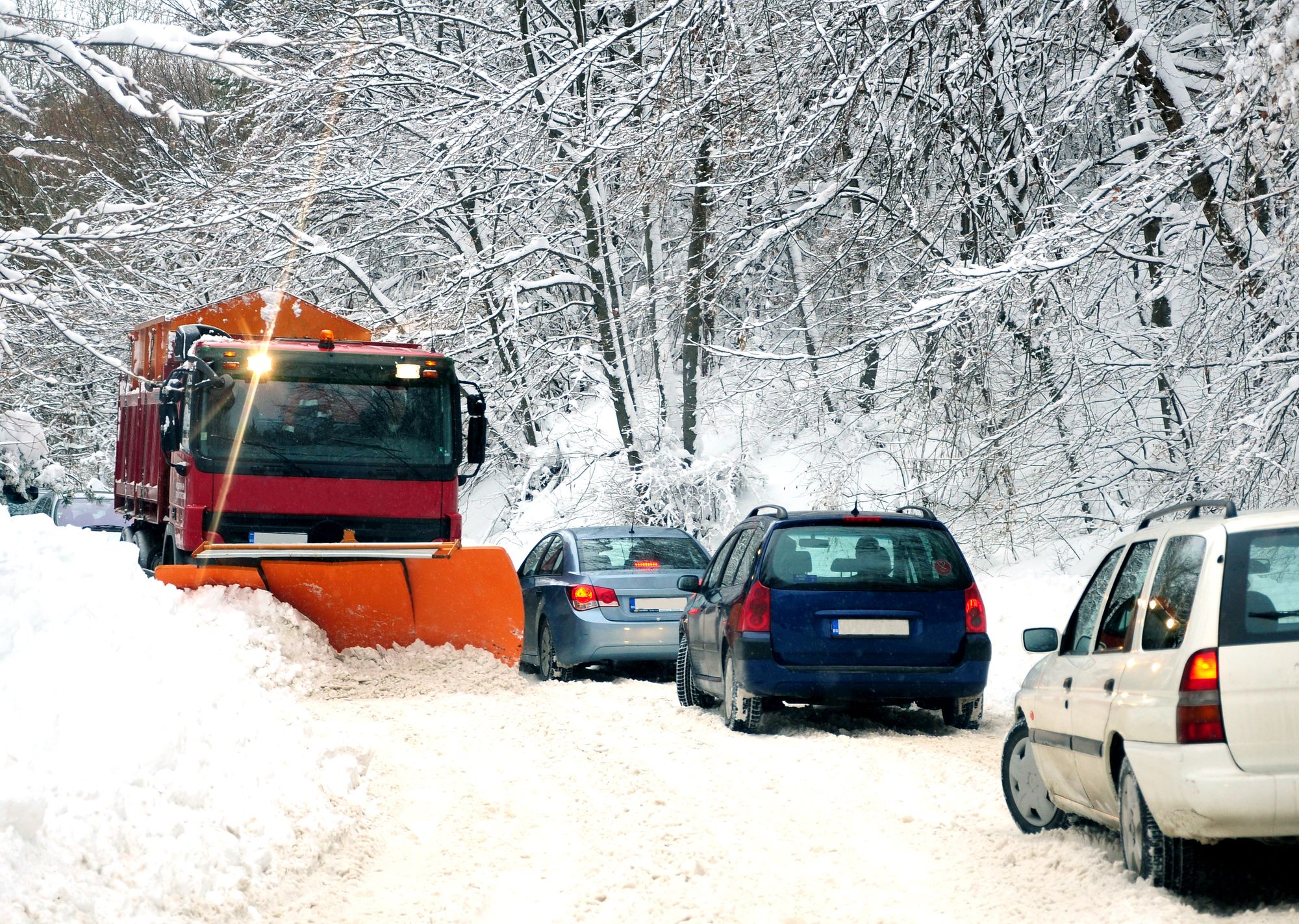Lincoln Body Shop Offers 6 Tips for Safe Winter Driving

Updated January 2020
When it’s snowy, slushy, or icy, the safest option is to stay off the road. But when you need to travel, there are a few tips you can follow to minimize your risk of injuries and body shop repairs. The guide below will help you navigate slippery road conditions.
How to Drive on Snow & Ice as Safely as Possible
1. Familiarize Yourself With Your Vehicle’s Handling
If your car has anti-lock brakes, electronic stability control, or other safety features, learn how they work before you start driving. Then test out your brakes in an empty parking lot so you know what to expect in case you hit a slick spot.
If your vehicle does start to slide, don’t slam on your brakes. Instead, take your foot off the gas and turn the steering wheel so your front tires align with your back tires. After you regain control, gently tap the brakes to further reduce your speed.
2. Plan Your Route
You need to be alert when you’re driving through bad weather, so read through the directions before the trip so you can anticipate turns. If possible, stick to well-traveled roads and highways—these are more likely to get plowed before the back roads.
3. Pack an Emergency Kit
Pack kitty litter, a snow shovel, and an ice scraper. If you get stuck in the snow, shovel your way out and pour kitty litter on the ground around your tires. This will give your car traction to get free without a tow.
4. Check Your Car’s Condition
Before you embark, check your car’s battery, fuel, windshield wiper fluid, defrosters, and tire tread and pressure. Sudden temperature changes can make your tires lose pressure, so you might need to fill them with air.
5. Give Snowplows Plenty of Room
 Snowplows travel slowly and usually take up more than just one lane. But passing on the side is dangerous because visibility will be limited. It’s safer to continue to drive behind the plow without trying to go around them. Give them a lot of room—otherwise, kicked-up debris can hit your windshield. If the glass cracks, visit an auto body shop as soon as possible to avoid “spiderwebbing” and moisture damage.
Snowplows travel slowly and usually take up more than just one lane. But passing on the side is dangerous because visibility will be limited. It’s safer to continue to drive behind the plow without trying to go around them. Give them a lot of room—otherwise, kicked-up debris can hit your windshield. If the glass cracks, visit an auto body shop as soon as possible to avoid “spiderwebbing” and moisture damage.
6. Drive Slowly
When you drive across a patch of ice, the tires won’t have traction on the pavement. As a result, it will take longer to stop completely. Accelerate and decelerate gradually, and keep at least 5-6 seconds of distance between you and the car in front of you.
If you’re involved in a collision during the winter, an auto body shop can help repair the damage. Miracle Workers Auto Collision Center has served Lincoln, NE, since 1988 with quality windshield replacements, auto body repair and paint services. To learn more, read customer reviews on their website. Call (402) 474-7355 to schedule an appointment.
About the Business
Have a question? Ask the experts!
Send your question

